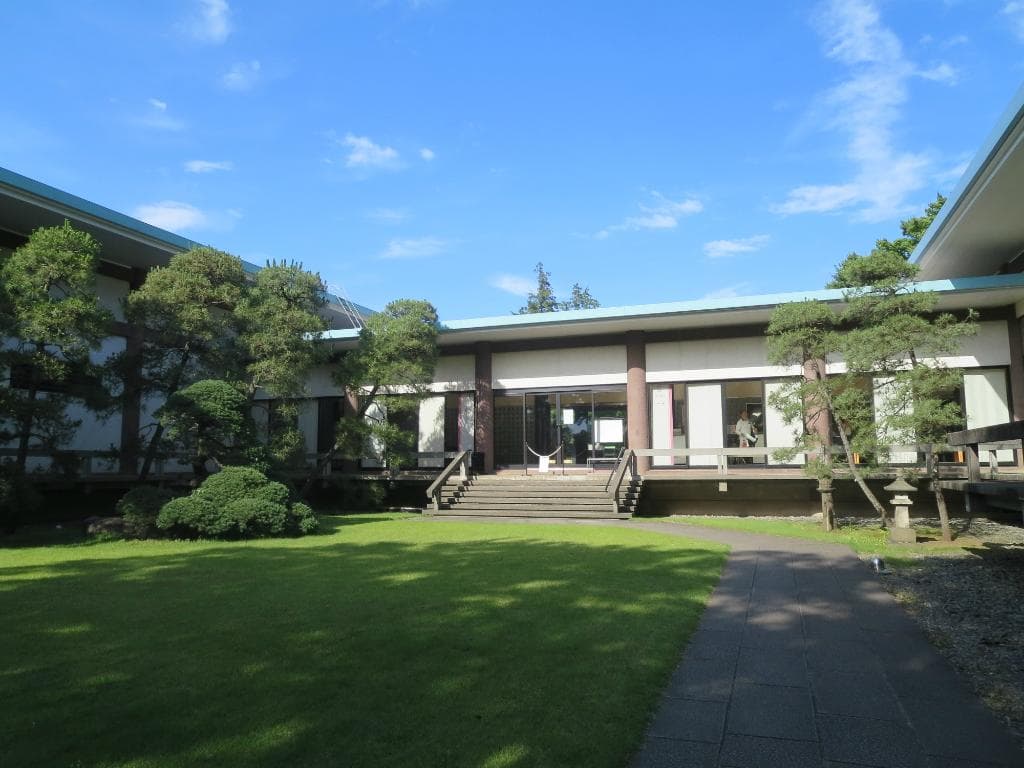
Gotoh Museum
Discover a serene oasis in Tokyo featuring a remarkable collection of East Asian art and a breathtaking Japanese garden.
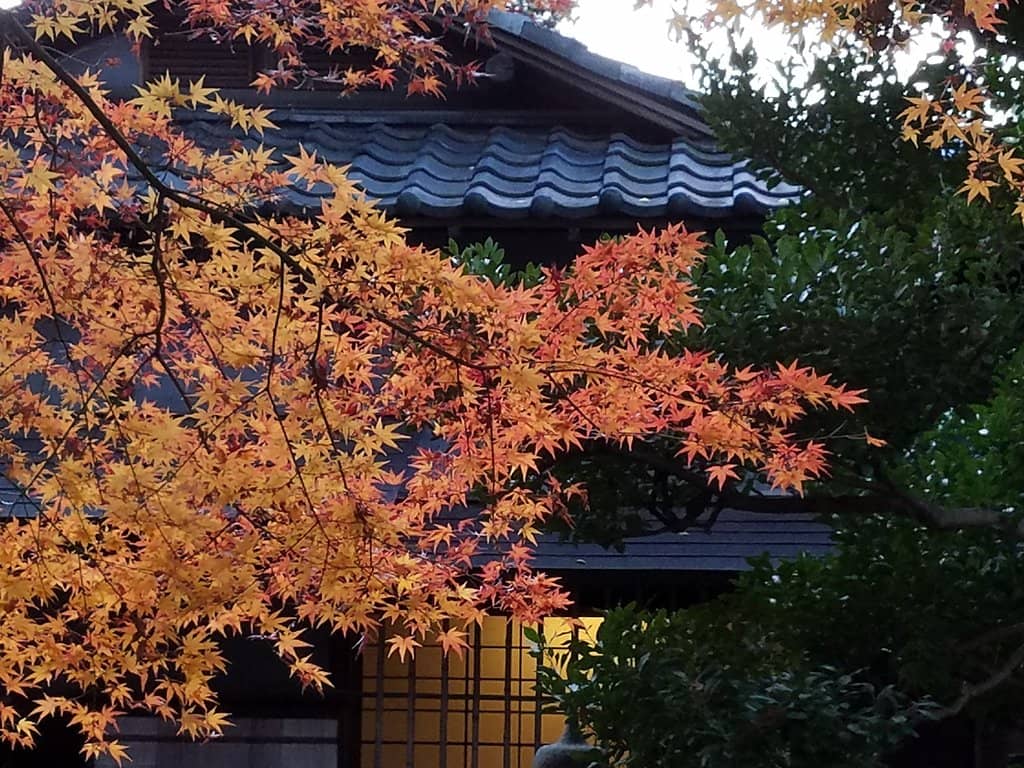
Highlights
Must-see attractions
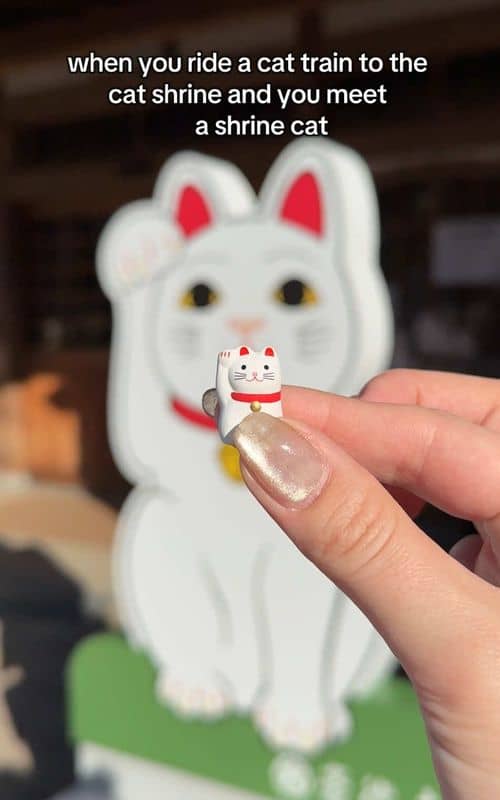
Social
From TikTok & Reddit
Best Time
Fewer crowds, more peaceful

Gotoh Museum
Best Time
Fewer crowds, more peaceful

Highlights
Must-see attractions
Discover a serene oasis in Tokyo featuring a remarkable collection of East Asian art and a breathtaking Japanese garden.
"The highlight of the museum for me was the amazing garden. It was quite a surprise to see such a large green space hidden away in Tokyo."
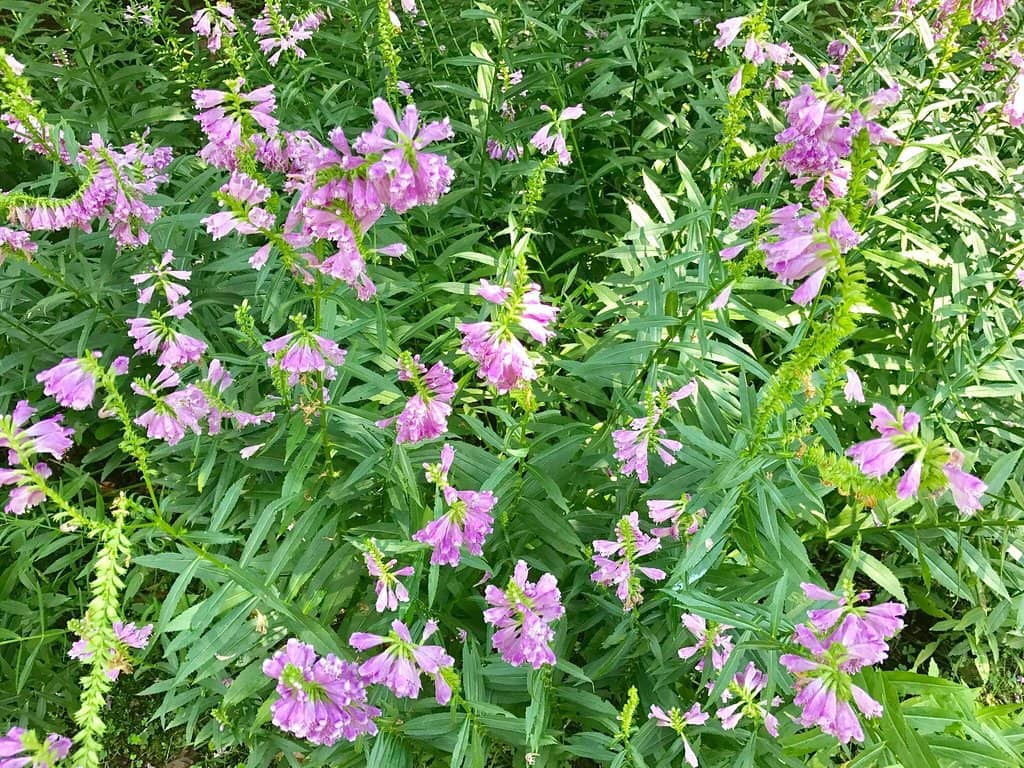
Wear Comfy Shoes
The garden is large and beautiful, perfect for a leisurely stroll. :athletic_shoe:
Translate App Recommended
Exhibit explanations are mostly in Japanese. Use your phone to translate. :iphone:
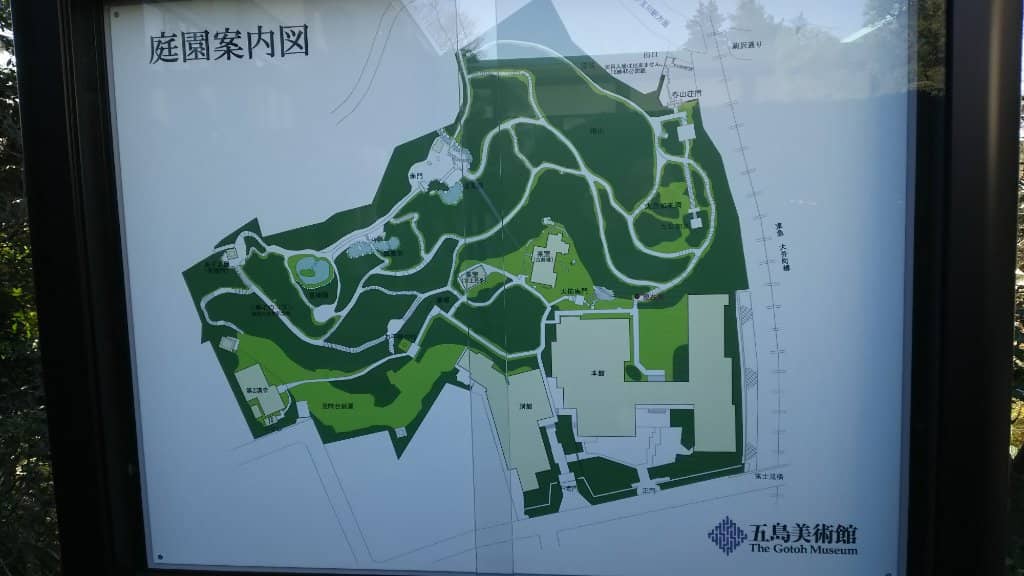
Highlights
Discover the most iconic attractions and experiences
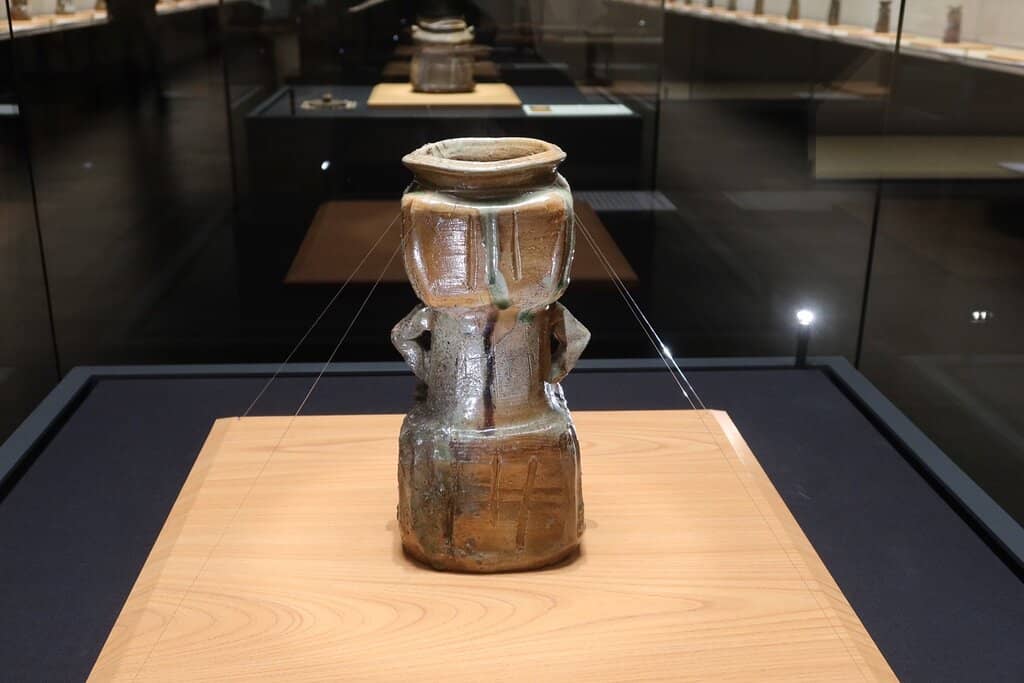
Genji Monogatari Emaki
Exhibition Galleries
A renowned masterpiece of Japanese literature and art, this ancient scroll is a must-see for history buffs.
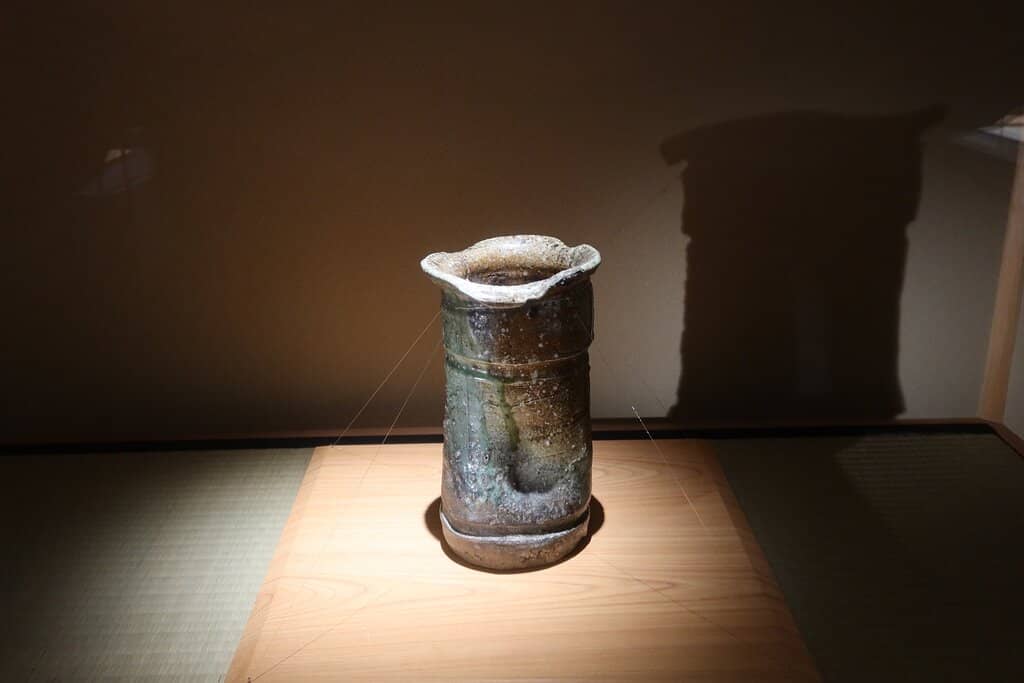
Japanese Landscape Garden
Garden Area
An expansive and serene oasis in Tokyo, featuring traditional sculptures, ponds, and views of Mt. Fuji.
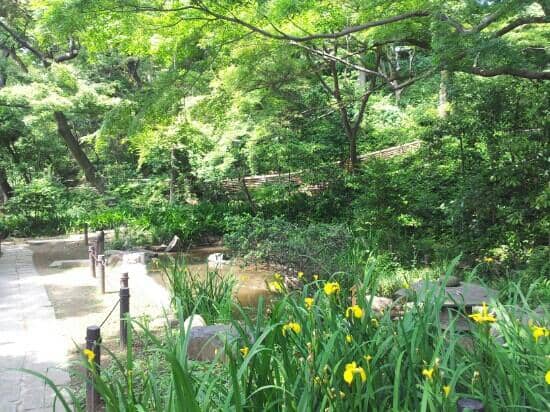
Calligraphy Collection
Exhibition Galleries
Explore a significant collection of Japanese and Chinese calligraphy, offering a deep dive into this art form.
Plans like a pro.
Thinks like you
Planning Your Visit
Focus on Art & Gardens
Getting There & Timing
Best Times
Insider Tips
from TikTok, Instagram & Reddit
Wear Comfy Shoes
The garden is large and beautiful, perfect for a leisurely stroll. :athletic_shoe:
Translate App Recommended
Exhibit explanations are mostly in Japanese. Use your phone to translate. :iphone:
Garden is a Highlight
Even if calligraphy isn't your focus, the garden is a stunning escape. :evergreen_tree:
Check Special Exhibitions
Seasonal exhibitions often feature unique Japanese artworks. :sparkles:
Tips
from all over the internet
Wear Comfy Shoes
The garden is large and beautiful, perfect for a leisurely stroll. :athletic_shoe:
Translate App Recommended
Exhibit explanations are mostly in Japanese. Use your phone to translate. :iphone:
Garden is a Highlight
Even if calligraphy isn't your focus, the garden is a stunning escape. :evergreen_tree:
Check Special Exhibitions
Seasonal exhibitions often feature unique Japanese artworks. :sparkles:
What Travellers Say
Reviews Summary
Visitors praise the Gotoh Museum for its stunning Japanese garden, a peaceful oasis in Tokyo, and its significant collection of East Asian art, especially calligraphy and the Genji Monogatari Emaki. However, the lack of English explanations for exhibits and the museum's somewhat out-of-the-way location are noted drawbacks.
"They hold a special exhibition in every season related to Japanese artworks and calligraphy. Their treasure, Genji Monogatari emaki, is a very famous and important work in Japanese literature history. Their Japanese landscape garden is also fantastic."
Yuko
"There are really two parts to this museum I think - the exhibits and the garden. The main focus of the museum is calligraphy, so unless you are an enthusiast or willing to learn more about this field, you might not be so interested. Also, there is very little english. I asked if I could use my phone to translate some of the information and they said I could. The highlight of the museum for me was the amazing garden. It was quite a surprise to see such a large green space hidden away in Tokyo. Entrance fee is 1100 yen and it is quite out of the way, but it's a lovely area and quite enjoyable walking to and from the museum."
Jodie Aberdeen
"It truly surprisingly great collection of Chinese art treasures, with some important pieces of Japanese and Korean origin. rather small with only two galleries, but extremely well presented. Unfortunately there is practically no explanation in any foreign language, and the guards object to any oral explanation inside the galleries as well as using Google translate to get at least a hint of what one is seeing ("use of cellphones and photographic equipment prohibited", for crying or loud!)
There is also a truly notable Japanese garden to be visited."
Ingomar Lochschmidt
What People Like
What People Dislike
Frequently Asked Questions
🚇 🗺️ Getting There
The Gotoh Museum is located in Setagaya Ward. It's accessible via public transport, often involving a walk from the nearest stations. For example, it's about a 5-minute walk from Kamimiyata Station on the Tokyu Setagaya Line. Some visitors mention it's a bit out of the way, so factor in travel time.
While both Gotokuji Temple (the 'cat temple') and the Gotoh Museum are in Setagaya Ward, they are not immediately adjacent. You might need to use public transport or a longer walk to travel between them.
Taking the train is generally recommended. The Tokyu Setagaya Line is a scenic route that can take you close to the museum. Consider using a transit app to plan your specific route.
🎫 🎫 Tickets & Entry
The entrance fee is typically around 1100 yen, though this can vary depending on special exhibitions. It's advisable to check the official website for the most current pricing.
Information on discounts is not widely available in social media or reviews. It's best to inquire directly with the museum or check their official website for any potential offers.
While official explanations are limited in foreign languages, some visitors have reported success using their phones for translation. However, guards may object to loud use or photography.
Generally, advance booking is not required for regular admission. However, for special exhibitions, it's always a good idea to check the museum's official website for any booking recommendations or requirements.
📸 📸 Photography
Photography is generally prohibited inside the exhibition galleries. However, you are usually allowed to take photos in the beautiful Japanese garden.
The Japanese garden offers numerous picturesque spots with its serene paths, ponds, and traditional sculptures. The architecture of the museum itself is also noteworthy.
🎫 🏛️ Onsite Experience
The museum houses a significant collection of Japanese and East Asian art, including paintings, ceramics, calligraphy scrolls, and Buddhist statues. It's particularly known for its calligraphy and the Tale of Genji scroll.
To fully appreciate the exhibits and the garden, plan for at least 1-2 hours. The garden alone can take 20-30 minutes to walk around.
While the garden might appeal to children, the focus on calligraphy and limited English explanations might make it less engaging for younger visitors.
Yes, the museum has facilities, and visitors have noted them to be luxurious and clean.
The museum's architecture incorporates the shinden-zukuri style, reminiscent of imperial aristocracy, and has been recognized for its historical value in modern architecture.
🍽️ ☕ Food & Dining
While not explicitly mentioned in most reviews, some museums in Japan have small cafes. It's best to check the museum's official website for current dining options. Nearby areas like Jiyugaoka offer many cafes.
The museum is located in a residential area. For a wider selection of dining options, consider visiting nearby neighborhoods like Jiyugaoka, which is known for its cafes and restaurants.
For Different Travelers
Tailored advice for your travel style
👨👩👧 Families with Kids
🎨 Art & History Enthusiasts
🚶♀️ Solo Travelers & Peace Seekers
Deep Dives
In-depth insights and expert knowledge
The Art Collection: Beyond Calligraphy
Beyond calligraphy, the museum also houses a diverse range of Chinese art treasures and important pieces of Japanese and Korean origin. This includes items like tea ceremony bowls and statues of Buddha, offering a broader glimpse into East Asian artistic traditions. The collection is described as surprisingly great and extremely well-presented, even if the galleries are relatively small.
The Exquisite Japanese Garden
Exploring the garden is an experience in itself, with visitors noting it takes about 20-30 minutes to walk its entirety. The lush greenery, seasonal flora, and the overall design create a calming atmosphere. It's a perfect spot for a leisurely stroll and offers numerous picturesque opportunities for photography, making it a significant draw even for those less interested in the museum's art exhibits.
Navigating the Museum Experience
The museum's architecture itself is noteworthy, incorporating the shinden-zukuri style of imperial aristocracy and recognized for its historical significance. The overall experience is often described as peaceful and off the beaten path, offering a more tranquil alternative to Tokyo's more crowded attractions. Despite the potential language barrier, the combination of significant art and a beautiful garden makes it a worthwhile destination for those seeking a quieter, culturally rich experience.
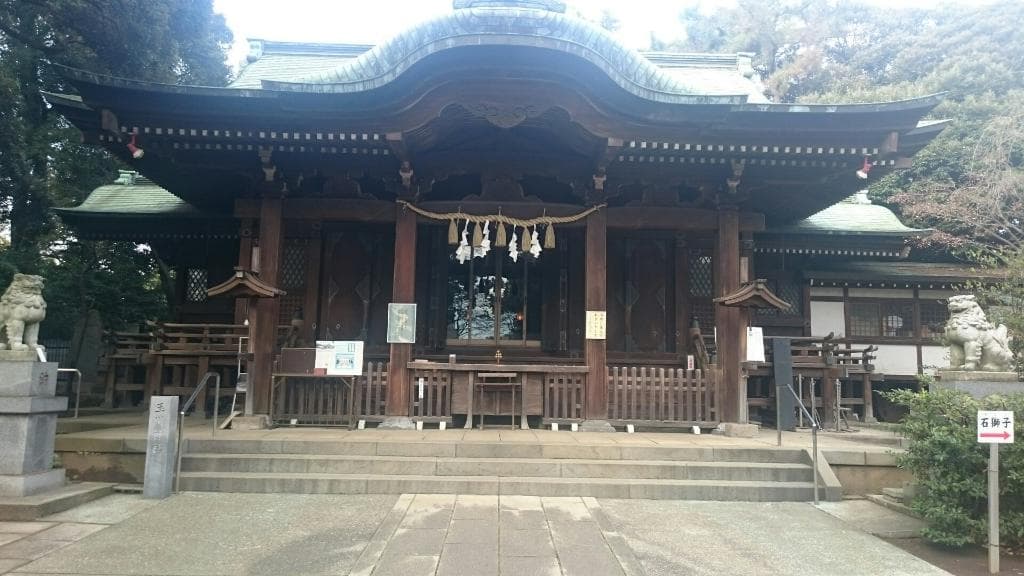


Social
from TikTok, Instagram & Reddit